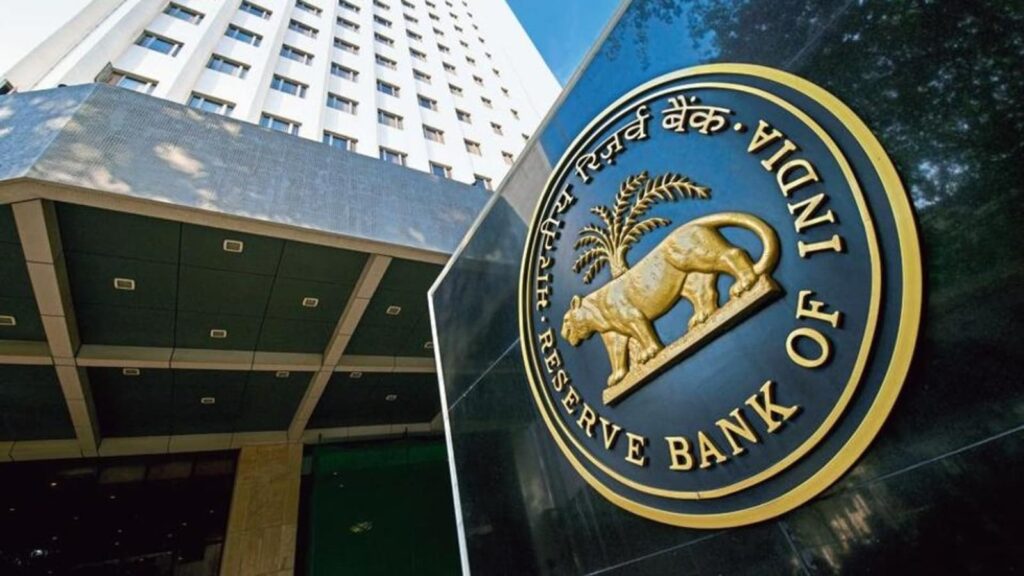The National Statistical Office (NSO) released inflation numbers for the month of March on Wednesday. They show that retail inflation as measured by the Consumer Price Index (CPI) was 6.7% in 2022-23, the highest since 2013-14. To be sure, the monthly inflation number for March came down from 6.4% in February 2023 to 5.7% in March, in line with the forecast by a Bloomberg poll of economists.
Unless there are more shocks awaiting the global economy — it has had three (pandemic, war and inflation), sometimes inter-related ones in the past three years — a strong base effect and some sequential moderation will mean that inflation should come down significantly going forward. Still, most forecasts, including RBI’s own, do not see inflation coming below the 4% level over the next year. While India has done much better compared to most countries on managing inflation and it remains one of the fastest-growing major economies, growth will increasingly become more of a concern as headwinds from export markets and high-interest rates gain momentum. The downward revision in India’s growth forecast for 2023-24 from 6.1% to 5.9% in IMF’s latest World Economic Outlook reflects this.
This brings up the question of whether economic policy should pivot towards supporting growth from containing inflation. While RBI has emphasised that its latest decision to hit a pause on raising interest rates should be seen as “pause not pivot” in monetary policy, fiscal policy will have to be mindful of the fact that it is operating in an election year and cannot be seen as too hawkish (holding back on spending to contain inflation) or prudent (prioritising capital spending over welfare) if things get too difficult on the growth front. The extent of this crisis will depend on two key factors, one external and one internal. The former is whether or not the financial sector crisis in advanced economies spills beyond a handful of banks and the latter will be the performance of the monsoon, not just in terms of headline deviation from the long period average rainfall but consequences for kharif production. We will have more clarity on both these questions over the next six months. It is important to remember that the transition from economics to politics need not follow the same script every time. The current government came back with an increased majority in 2019 despite 2018-19 being a very weak growth year.
Enjoy unlimited digital access with HT Premium
Subscribe Now to continue reading


